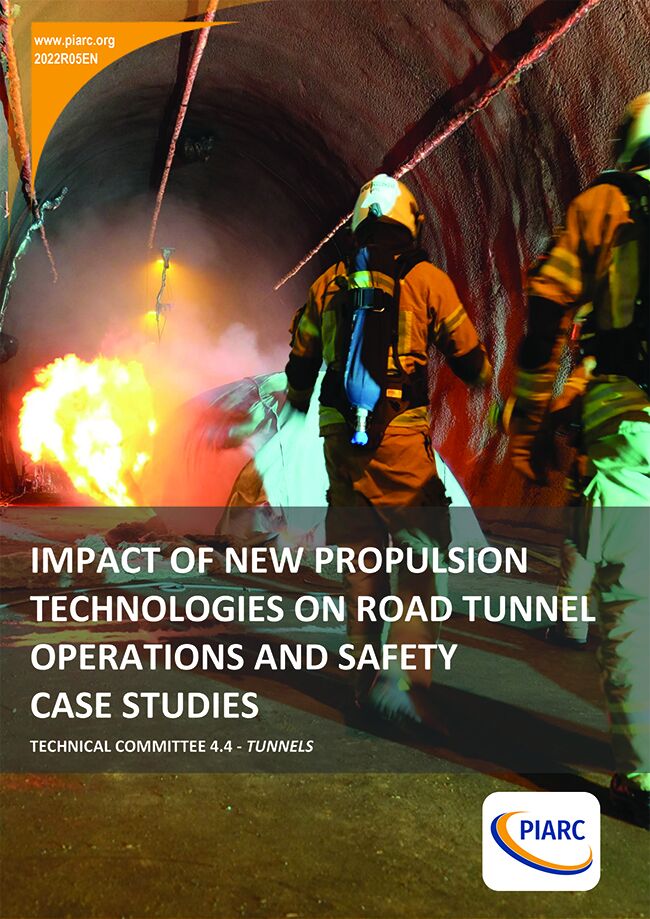Impact of New Propulsion Technologies on Road Tunnel Operations and Safety - Literature review

Alternative propulsion technologies, including battery-electric vehicles, are becoming more prevalent. Whilst such vehicles remain a small overall proportion of the vehicle fleet, the combination of impacts of Government policy and technological advances in alternative fuels is expected to accelerate their increase in numbers on the road and in tunnels in coming years. There may also be particular initiatives in certain geographical areas, such as on airport land for example, where higher proportions of alternatively fuelled vehicles are seen sooner than on the open road.
As a result of these changes, the nature of tunnel safety risk (including from fire) is expected to change with time, and detailed consideration of the risk of significant incidents involving such vehicles is required. This should include the evaluation of incident consequences with particular attention paid to fire characteristics and toxic emissions and their impact on tunnel users and on emergency intervention strategies.
PIARC TC4.4 has prepared this report to present findings from preliminary case studies related to this issue, in advance of the final report at the end of the current PIARC cycle.
The topic has too few incidents to be able to make statistically relevant statements about the effects of accidents with vehicles propelled by new propulsion technologies, commonly called new energy carriers (NEC) on the tunnel design and infrastructure. It is also currently not possible to derive specific instructions from experience gained from incidents of such vehicles. Hence, this report collates currently available information on existing or just finished research programs and highlights the most important findings from these projects.
Information sheet
- Date: 2022
- Author(s): Comité technique / Technical Committee / Comité Técnico 2020-2023 4.4 Tunnels / Tunnels / Túneles
- Domain(s): Road Tunnel Operations
- Type: Case Studies
- PIARC Ref.: 2022R05EN
- ISBN: 978-2-84060-680-2